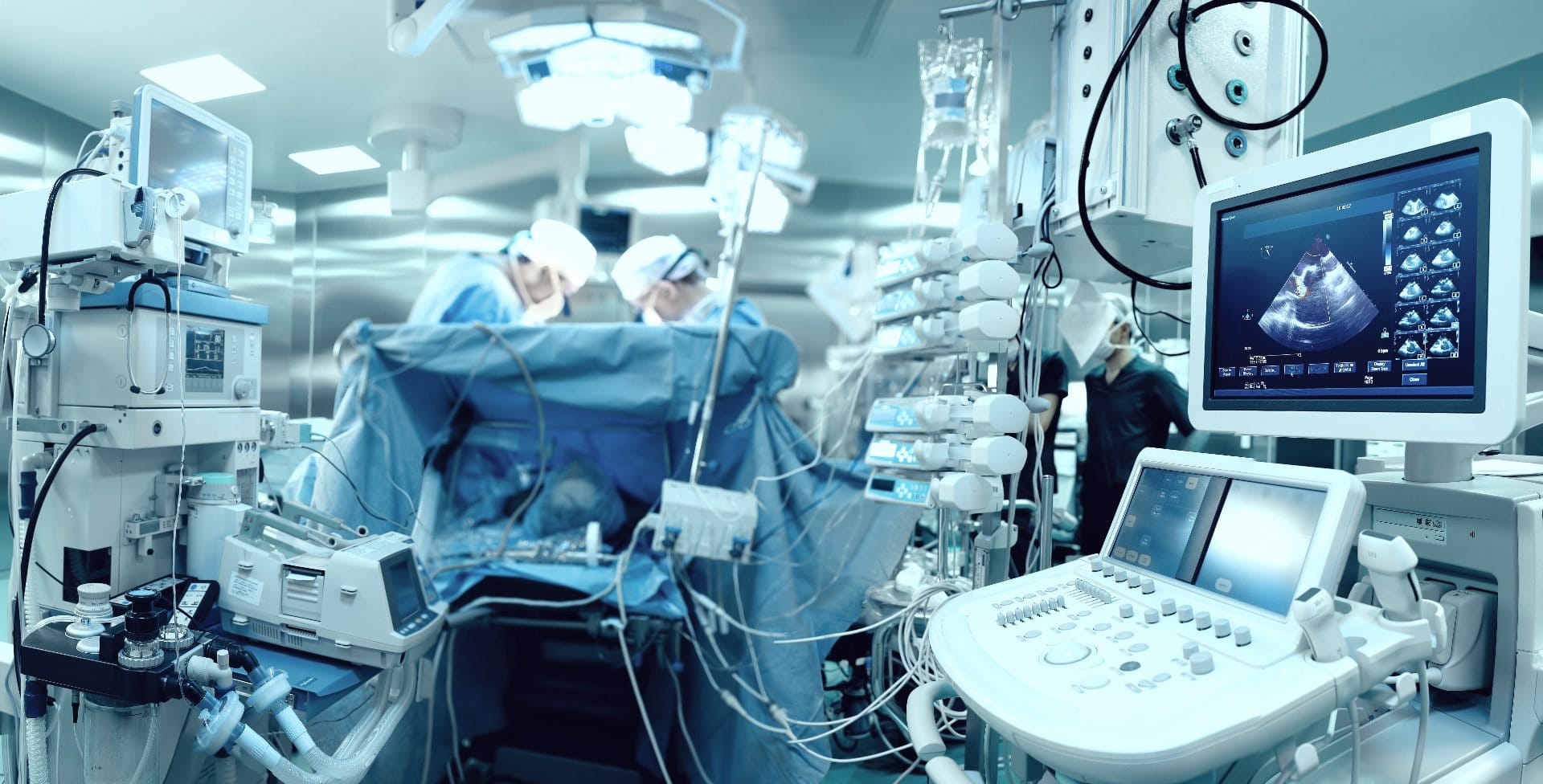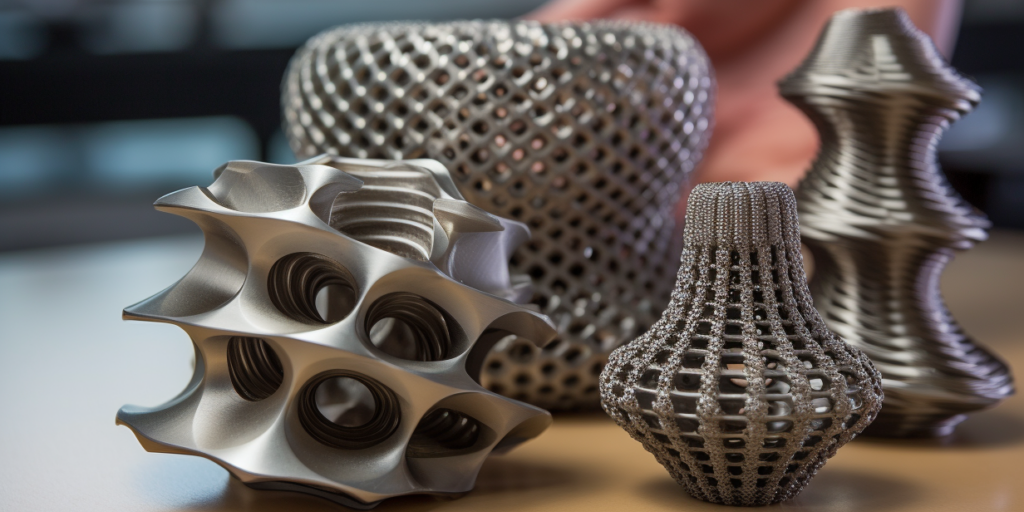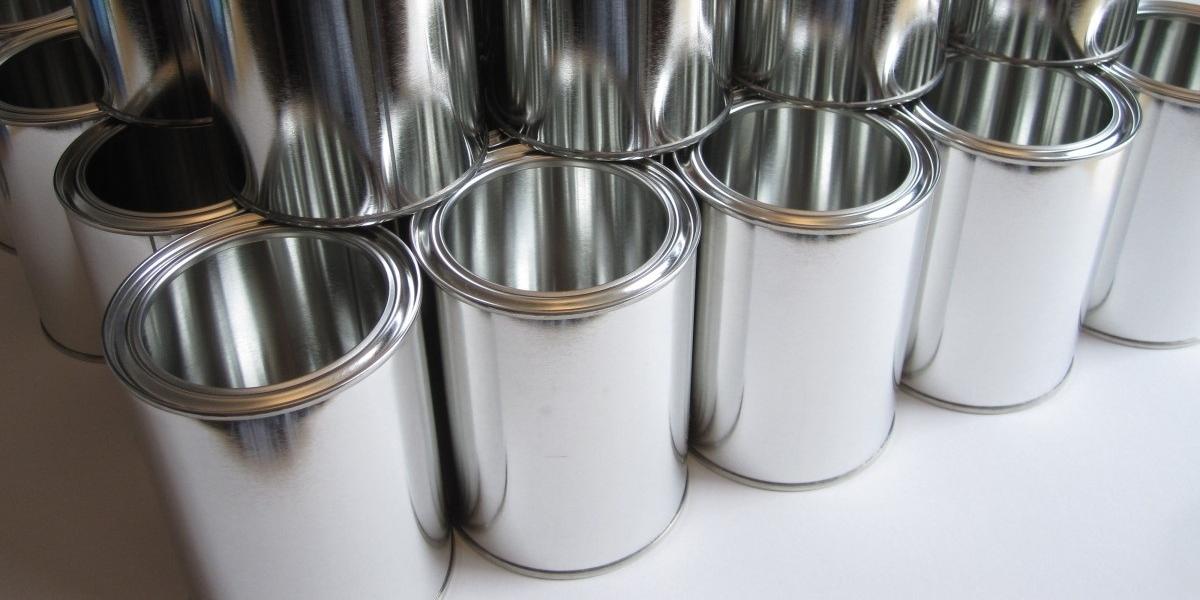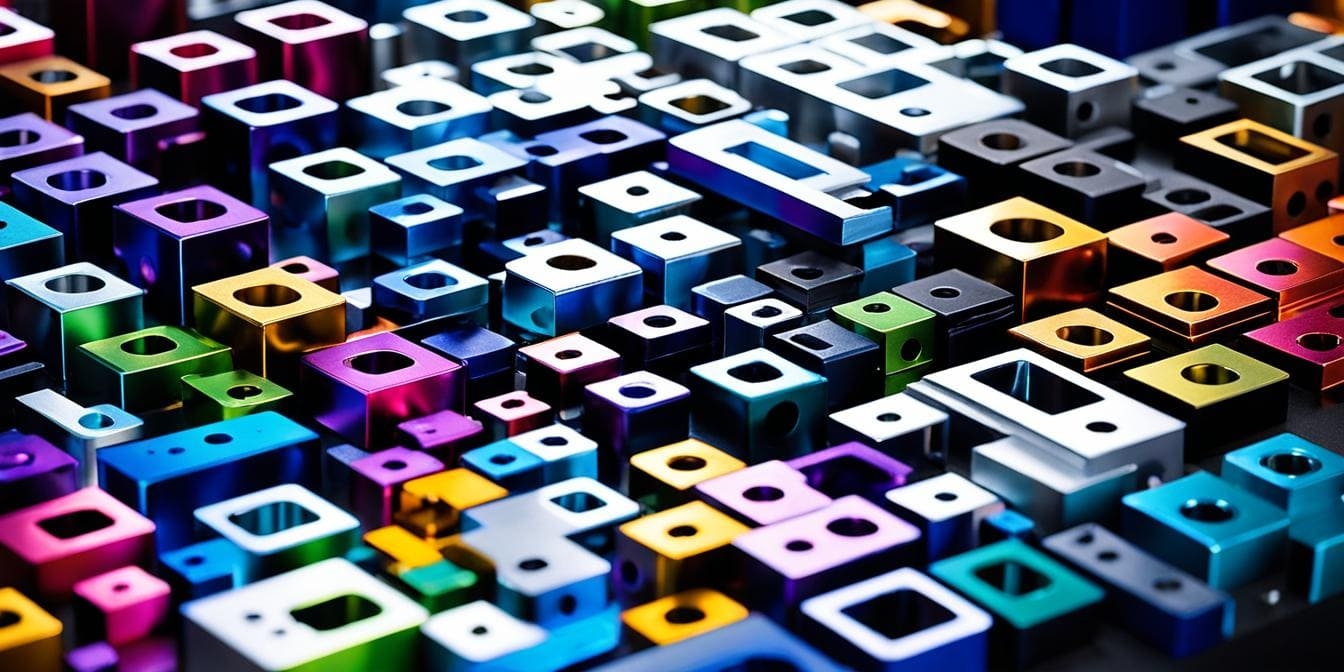CNC Machining for the Medical Industry: What You Need to Know
Imagine a robot sculptor that carves metal or plastic into life-saving tools—that’s medical CNC machining! CNC (Computer Numerical Control) uses computers to guide machines in cutting materials into exact shapes, like making artificial joints or tiny surgical screws. In healthcare, medical CNC machining creates super-precise parts (think smaller than a grain of rice!) that doctors rely on, such as pacemakers or hip replacements. These machines work like super-skilled artists, turning blocks of material into safe, reliable tools that keep people healthy. No mistakes, no guesswork—just science making healthcare smarter!
Why is CNC machining used for the medical industry?
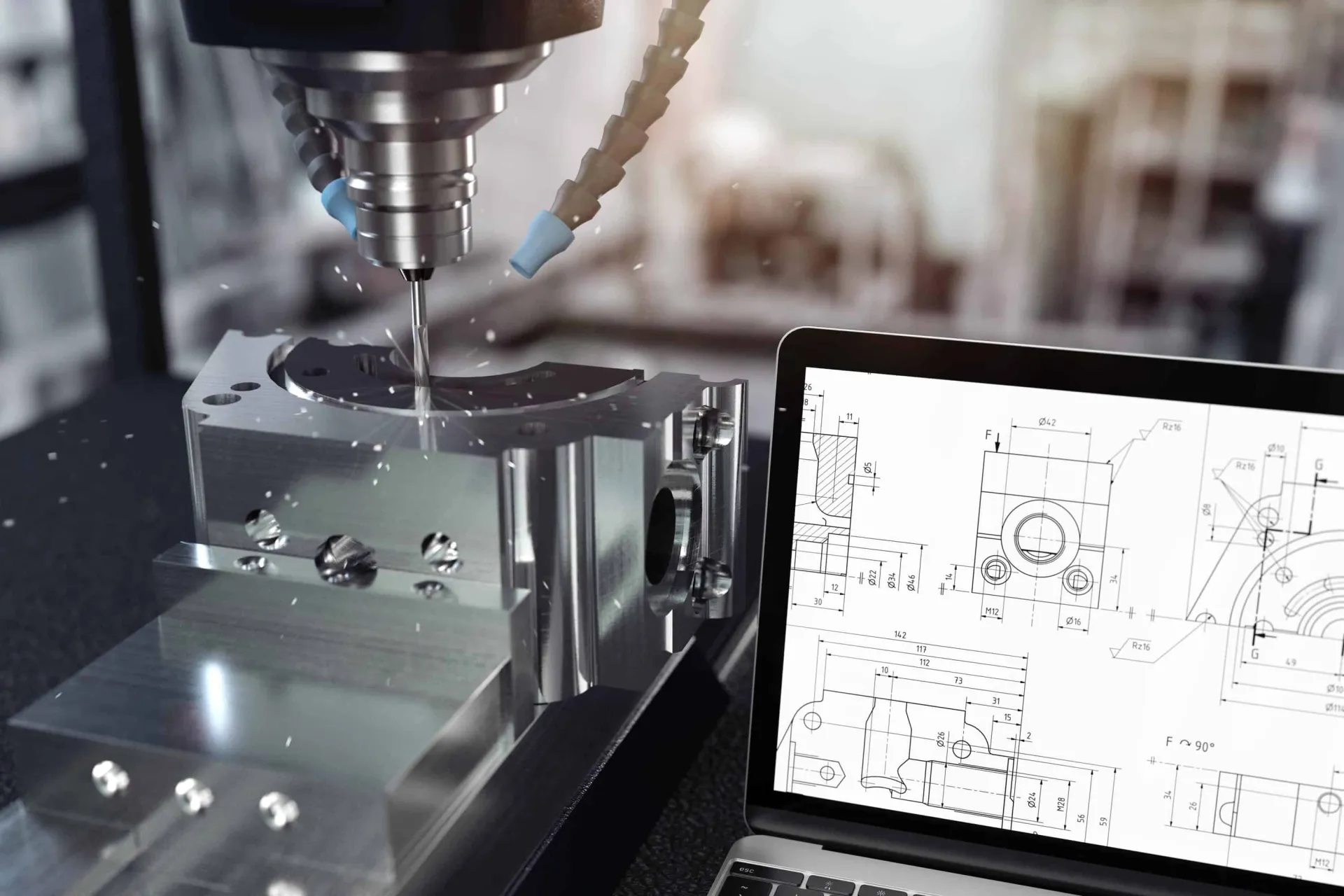
Medical CNC machining is the backbone of modern healthcare manufacturing, ensuring tools and devices work flawlessly inside the human body. Here’s why it’s indispensable:
Precision Saves Lives
Medical CNC machining creates parts like spinal implants or heart valve components with tolerances tighter than 1/10th a human hair. This accuracy ensures devices fit perfectly during surgeries, reducing recovery time and complications. Even a tiny error could risk patient safety, so precision is non-negotiable.
Safe Materials
The process works with biocompatible materials like titanium (for joint replacements) and PEEK plastic (for non-toxic surgical tools). These materials won’t trigger allergic reactions or corrode inside the body, keeping patients safe long-term.
Strict Rules
Hospitals require FDA and ISO 13485 certification for all devices. Medical CNC machining delivers identical, defect-free parts in every batch, passing rigorous quality checks and ensuring compliance with life-saving standards.
Custom Fixes
Patients often need personalized solutions, like cranial plates shaped to their skull. CNC machines turn MRI/CT scan data into custom 3D models, producing one-off parts quickly without costly molds.
Speed = Survival
From prototyping ventilators to mass-producing syringe parts during pandemics, CNC machines work 24/7. This speed accelerates breakthroughs, getting critical tools to doctors faster.
Clean & Sterile
CNC-machined parts have ultra-smooth surfaces, leaving no microscopic cracks where bacteria could hide. This simplifies sterilization, reducing infection risks in operating rooms.
Less Waste
Precise cutting minimizes raw material waste—crucial when using expensive alloys like cobalt-chrome. Less scrap also means lower costs and a smaller environmental footprint.
Limitations of CNC machining in the medical sector
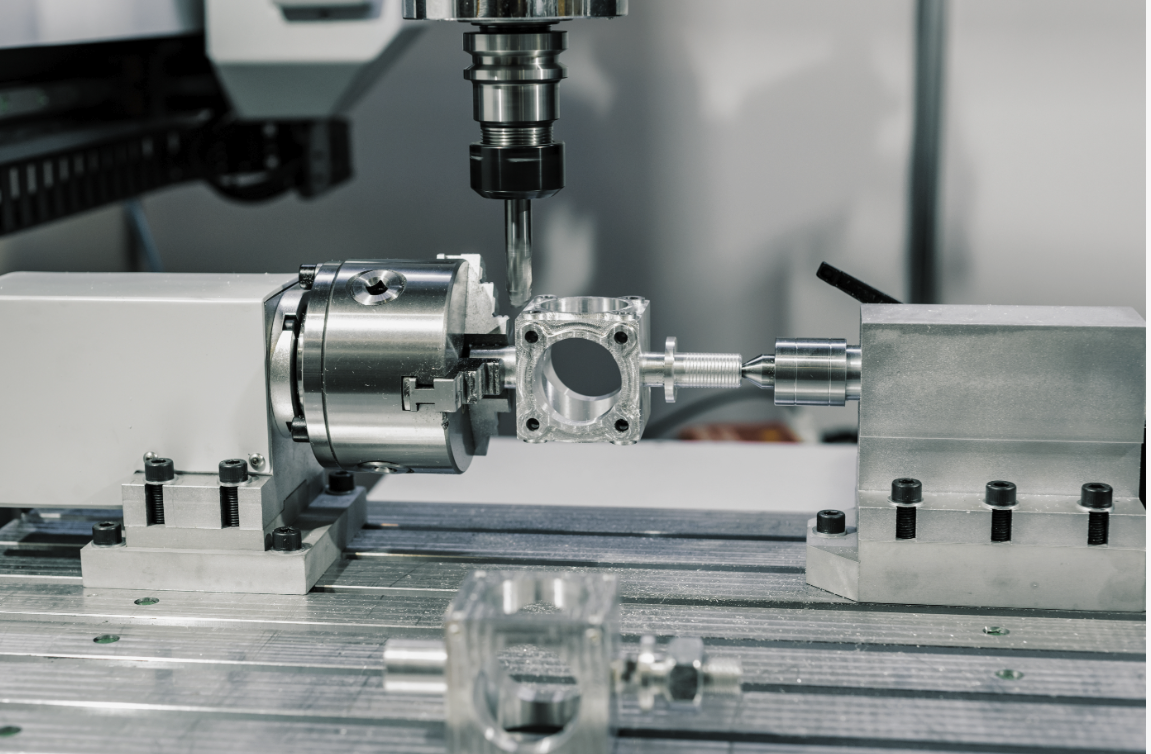
While medical CNC machining is transformative, it’s not without constraints. Key challenges include:
High Costs for Small Volumes
Custom implants or prototypes are pricey due to setup and programming fees. Ideal for mass production, but small batches strain budgets.
️ Design Complexity
Tiny, intricate parts (e.g., microfluidic chips) may need hybrid methods like 3D printing, adding steps and costs.
⚠️ Material Challenges
Brittle biocompatible materials (e.g., porous titanium) require costly, specialized tools and slow machining speeds.
⏳ Regulatory Delays
FDA/ISO certifications and material testing add weeks to timelines, delaying life-saving tools.
Common Materials for Machined Medical Parts
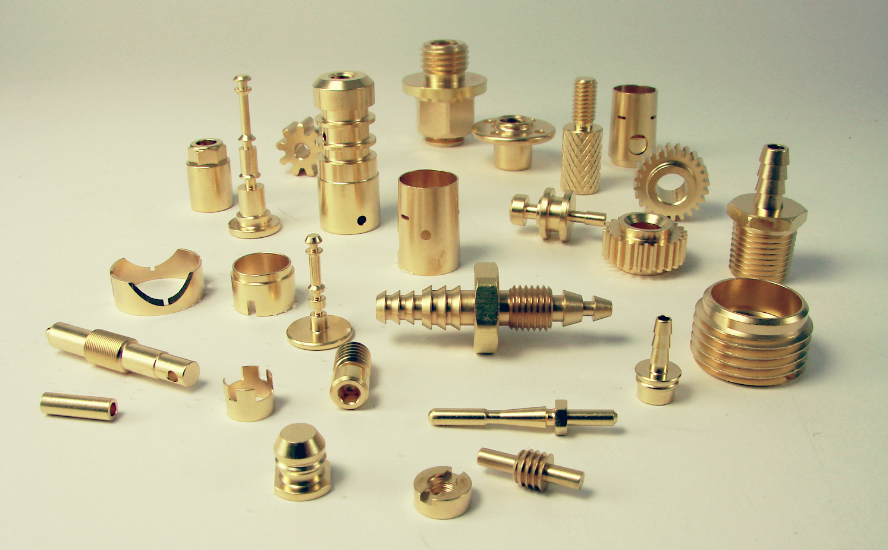
| Material | Compliance | Key Properties | Applications |
|---|---|---|---|
| ASTM F67/F136 (implant-grade) | High strength-to-weight ratio, corrosion resistant | Orthopedic prosthetics, cranial plates | |
| ASTM F138/F139 (surgical steel) | Yield strength up to 1,100 MPa, cost-effective | Scalpels, bone fixation screws | |
| ISO 10993-1 (biocompatibility) | Good tensile strength, radiolucent | Spinal fusion cages, dental abutments | |
| ASTM F75/F1537 (cast/wrought implants) | High wear resistance, fatigue strength | Heart valves, dental prosthetics | |
| ISO 13485 (non-implant devices) | Lightweight, anodizable surface | MRI components, surgical robotics | |
| EN ISO 13356 (dental/orthopedic) | High flexural strength, low thermal conductivity | Dental crowns, cochlear implants |
Titanium (Grade 2, 5, 23)
- Compliance: ASTM F67/F136 (implant-grade).
- Key Properties: High strength-to-weight ratio (450–950 MPa tensile strength), osseointegration capability, and corrosion resistance.
- Applications: Orthopedic prosthetics, cranial plates, non-ferromagnetic surgical instruments.
- Machining Note: Requires coated carbide tools to manage heat during cutting.
Stainless Steel (316L, 17-4 PH)
- Compliance: ASTM F138/F139 (surgical steel).
- Key Properties: Yield strength up to 1,100 MPa, excellent sterilizability, and cost-efficiency.
- Applications: Scalpels, biopsy forceps, bone fixation screws.
- Machining Note: Low-carbon 316L minimizes carbide precipitation in heat-affected zones.
PEEK (Polyetheretherketone)
- Compliance: ISO 10993-1 (biocompatibility).
- Key Properties: Tensile strength of 90–100 MPa, radiolucency, and elastic modulus akin to cortical bone.
- Applications: Spinal fusion cages, arthroscopic tool handles, dental abutments.
- Machining Note: Low thermal conductivity necessitates precise coolant control.
Cobalt-Chrome Alloys (CoCrMo)
- Compliance: ASTM F75/F1537 (cast/wrought implants).
- Key Properties: Wear resistance (HV 300–400), high-temperature stability, and fatigue strength.
- Applications: Artificial heart valves, dental prosthetics, load-bearing joint replacements.
- Machining Note: Diamond-coated tools recommended for hard-turning operations.
Aluminum (6061-T6, 7075-T6)
- Compliance: ISO 13485 (non-implant devices).
- Key Properties: Density of 2.7 g/cm³, anodizable surface, and EMI/RF shielding capability.
- Applications: MRI machine components, wheelchair frames, surgical robotics.
- Machining Note: High-speed machining (15,000+ RPM) prevents material galling.
Zirconia (Y-TZP Ceramics)
- Compliance: EN ISO 13356 (dental/orthopedic).
- Key Properties: Flexural strength >1,000 MPa, low thermal conductivity, and bacterial adhesion resistance.
- Applications: Dental crowns, cochlear implant housings, minimally invasive surgical tools.
- Machining Note: Laser-assisted machining prevents micro-cracking.
Factors that Influence the Choice of Material for Medical CNC Machining
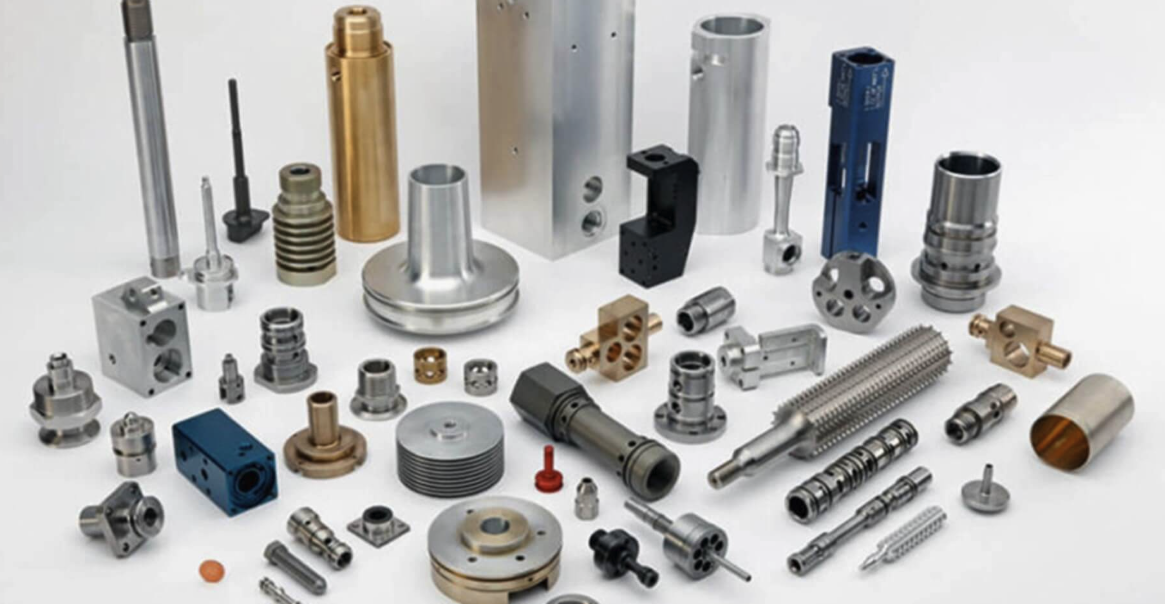
Selecting the right material for medical CNC machining is critical to ensuring device safety, functionality, and regulatory compliance. Key considerations include:
Biocompatibility & Regulatory Compliance
- Materials must meet ISO 10993-1/FDA standards to ensure patient safety. Titanium and PEEK are FDA-approved for implants, while stainless steel is restricted to non-implant tools due to potential ion leaching.
⚙️ Mechanical & Machining Properties
- Strength, wear resistance, and machinability dictate feasibility. Example: Cobalt-chrome’s hardness (HV 400) suits joint replacements but demands diamond-coated tools, raising costs.
Cost & Sustainability
- High-cost alloys like titanium are justified for implants but avoided in disposable tools. Recyclability (e.g., titanium’s 95% reuse rate) aligns with eco-friendly mandates.
Regulatory Compliance
- FDA/ISO mandates dictate approved materials for specific applications. Example: PEEK is certified for spinal implants (ASTM F2026) but not for load-bearing joints.
CNC Machining for Medical Device Applications
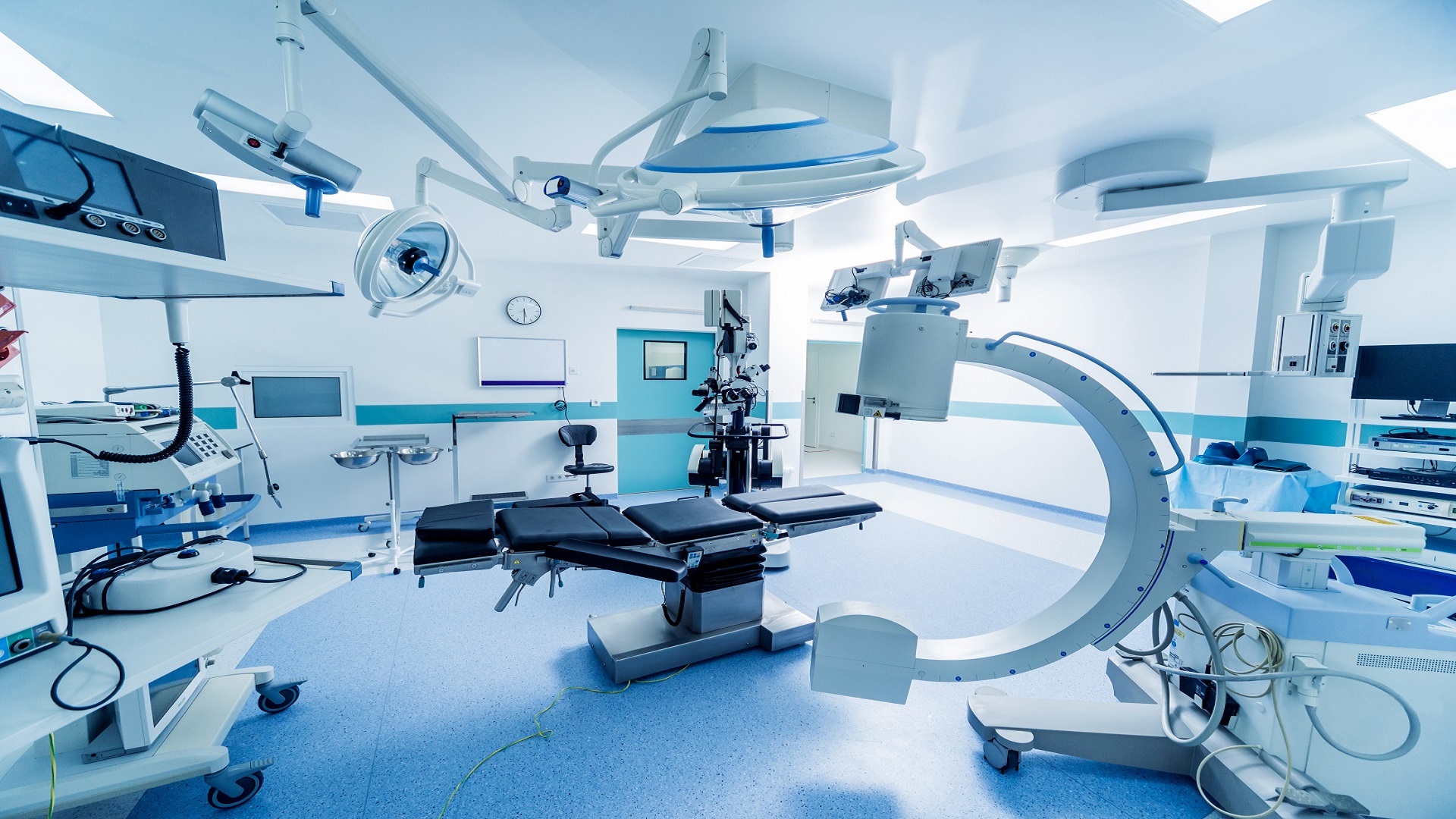
Medical CNC machining is the unsung hero behind devices that keep hearts beating, joints moving, and diagnoses accurate. Here’s how it powers five life-changing innovations:
1. Bone-Fusing Orthopedic Implants
Titanium knee replacements and spinal cages gain their bone-like textures through CNC’s precise milling. This roughness helps human cells latch onto implants, turning foreign objects into natural body parts over time.
2. Ultra-Sharp Surgical Instruments
From laser-cut biopsy needles to anti-slip scalpel handles, CNC machines shape stainless steel into tools surgeons trust. Mirror-like finishes prevent bacterial buildup, while ergonomic designs reduce hand fatigue during marathon operations.
3. Imaging-Safe Diagnostic Parts
MRI machines demand non-magnetic components. CNC crafts aluminum radiofrequency coils and titanium patient trays that vanish inside scanners, ensuring clear images without metallic “ghosts.”
4. Smile-Perfect Dental Restorations
Zirconia crowns emerge from CNC mills with 20µm accuracy—so lifelike, even dentists struggle to spot them. Custom abutments and aligners are batch-produced overnight, cutting wait times from weeks to days.
5. Bespoke Prosthetics & Exoskeletons
CNC converts 3D limb scans into carbon-fiber prosthetic sockets or robotic exo-joints. Patients grab coffee or climb stairs with devices molded to their unique musculature.
How to Choose the right Manufacturer for prototyping Medical Parts
Selecting a manufacturer for medical CNC machining is like picking a surgical partner—precision, trust, and compliance are non-negotiable. Here’s your checklist:
1. Certifications First
Ensure they hold ISO 13485 (medical device quality) and FDA registration. These prove they meet strict hygiene, traceability, and documentation standards.
2. Material Mastery
Look for experience with biocompatible metals (titanium, stainless steel) and plastics (PEEK, UHMWPE). Ask for test certifications to confirm material purity.
3. Precision Pedigree
Verify their machines achieve ±0.001mm tolerances or better. Microscopic errors in prototypes can derail FDA approvals.
4. Prototyping Speed
Demand a 1–2 week turnaround for initial samples. Delays in medical prototyping risk patent expirations or competitor moves.
5. Post-Processing Skills
Check if they offer medical-grade finishes:
- Electropolishing for burr-free edges.
- Passivation to prevent stainless steel corrosion.
- Cleanroom packaging to avoid contamination.
6. Regulatory Navigation
Choose partners who pre-test parts for ISO 10993-5 (cytotoxicity) or ASTM F756 (material biocompatibility). They should flag compliance risks early.
7. Case Studies & References
Request examples of FDA-cleared devices they’ve prototyped, like insulin pumps or arthroscopic tools. Call past clients to vet reliability.
Consider Partnering with XMAKE
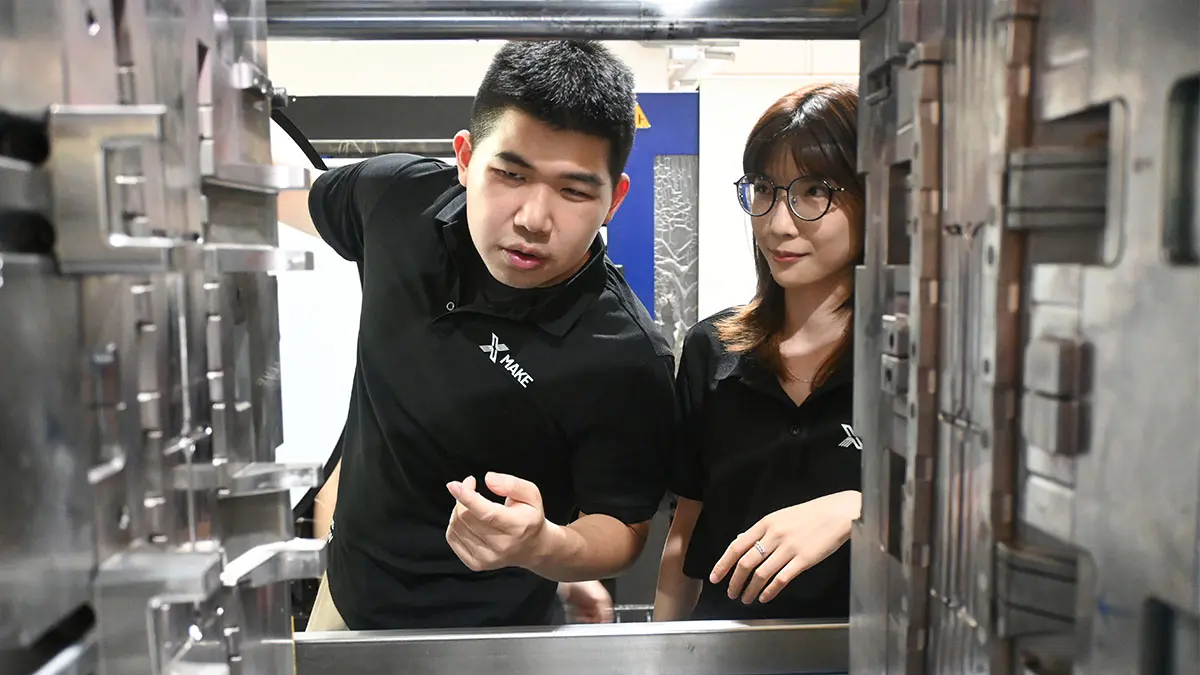
- End-to-End Support: From design optimization to final production.
- State-of-the-Art Machines: Latest 5-axis systems for complex geometries.
- Industry-Proven Results: Trusted by leaders in aerospace, energy, and beyond.
Don’t let complex projects stall innovation—Contact XMAKE Today to discuss your next challenge. Let’s engineer the future, together!
Related post you may interest
1.Everything You Should Know about Swiss CNC Machining in 2025|XMAKE
2. 9 Applications of Plastic Injection Molding for Medical Devices in 2024
3. 10 Applications of Metal Injection Molding in Medical Devices in 2024
FAQ
Q. What is the Swiss Machining Process?
Swiss machining is a precision manufacturing method where a sliding headstock and guide bushing stabilize long, slender workpieces as rotating tools cut complex geometries. Developed for watchmaking, it excels at producing small, intricate parts (e.g., medical screws, drone sensors) with tolerances up to ±0.0001″. Unlike traditional lathes, Swiss machines move the material axially while tools operate radially, enabling high-volume production of micro-components in one setup.
Q. How Do I Select the Right Swiss CNC Lathe?
Consider these factors:
- Part Size: Choose machines with guide bushings matching your workpiece diameter (typically 0.5–32mm).
- Material: Opt for high-torque spindles for hard metals (titanium) or coolant systems for plastics.
- Volume: Prioritize bar feeders and automation for mass production.
- Complexity: Look for live tooling (milling/drilling) and sub-spindles for multi-step operations.
- Budget: Entry-level Swiss lathes start at $150k; advanced models with Y-axis or robotics exceed $500k.
Q. What Materials Are Used in Swiss Machining?
Common materials include:
- Metals: Stainless steel (medical tools), titanium (aerospace fasteners), brass (connectors).
- Plastics: PEEK (implants), Delrin (gears), Ultem (insulators).
- Exotics: Inconel (jet engines), Nitinol (stents), zirconia (optical components).
Swiss CNC machining handles brittle or heat-sensitive materials via low-vibration cutting and precise coolant delivery.
Referenes
1. Altintas, Y. (2012). Manufacturing Automation: Metal Cutting Mechanics, Machine Tool Vibrations, and CNC Design. Cambridge University Press.
Covers Swiss machining principles, toolpath optimization, and vibration control.
2. ISO 10791-7:2020. Test Conditions for Machining Centers – Accuracy of Finished Test Pieces.
Standardizes Swiss CNC machine performance metrics for micro-parts.
3. AMT – Association for Manufacturing Technology. (2023). Global Swiss-Type Lathe Market Analysis.
Details adoption trends in medical, aerospace, and automotive sectors.
4. J. Med. Devices. (2021). Precision Machining of Titanium Spinal Implants. ASME.
Case study on Swiss CNC’s role in FDA-compliant medical devices.
5. ASM Handbook Vol. 16. (2015). Machining of High-Strength Alloys and Plastics. ASM International.

